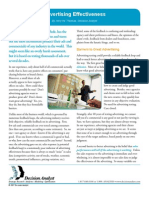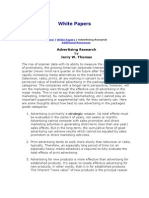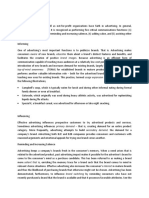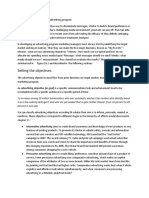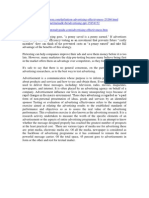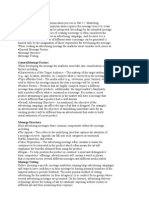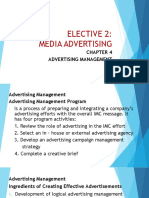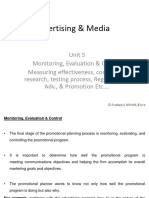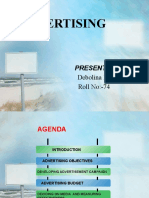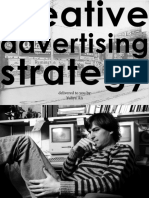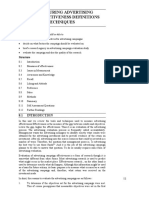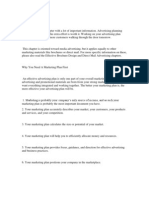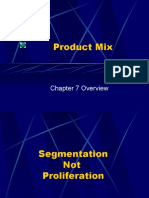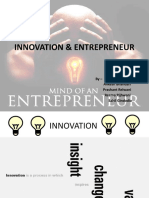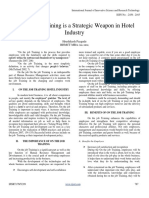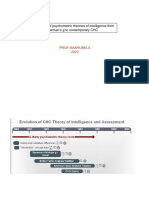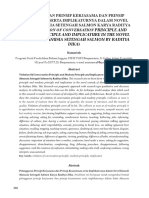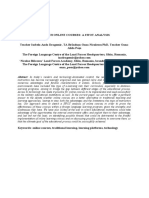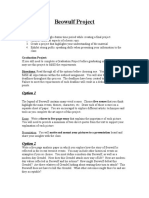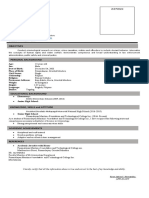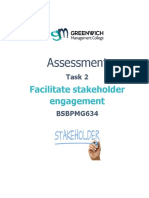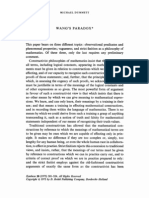0% found this document useful (0 votes)
129 views4 pagesAdvertising Effectiveness: by Jerry W. Thomas, Decision Analyst
Ad agencies and clients want great advertising, but face formidable barriers. Few ads and commercials are ever tested among consumers. Sales response is a notoriously poor indicator of advertising effectiveness.
Uploaded by
salunkhevirajCopyright
© Attribution Non-Commercial (BY-NC)
We take content rights seriously. If you suspect this is your content, claim it here.
Available Formats
Download as PDF, TXT or read online on Scribd
0% found this document useful (0 votes)
129 views4 pagesAdvertising Effectiveness: by Jerry W. Thomas, Decision Analyst
Ad agencies and clients want great advertising, but face formidable barriers. Few ads and commercials are ever tested among consumers. Sales response is a notoriously poor indicator of advertising effectiveness.
Uploaded by
salunkhevirajCopyright
© Attribution Non-Commercial (BY-NC)
We take content rights seriously. If you suspect this is your content, claim it here.
Available Formats
Download as PDF, TXT or read online on Scribd
/ 4
